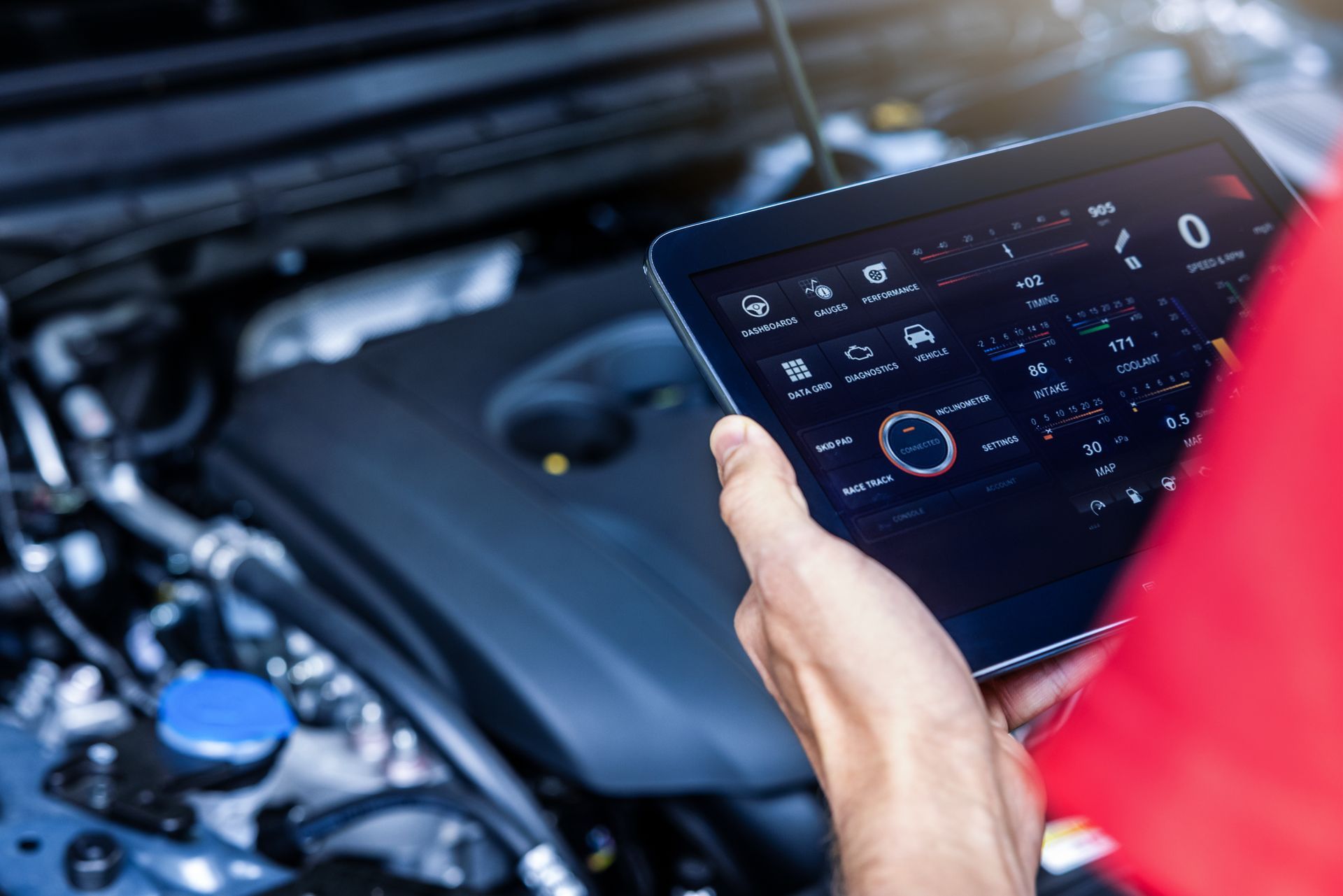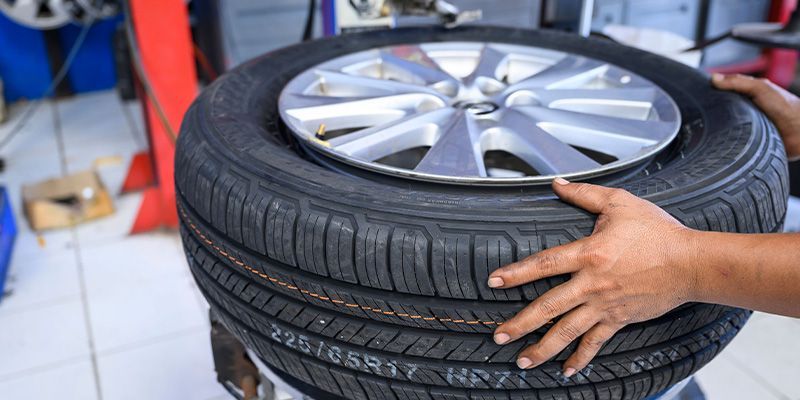What Does The Tpms Light Mean?

WHAT DOES THE TPMS LIGHT MEAN?
Your car's TPMS, or tire pressure monitoring system, is responsible for detecting early signs of overinflated or underinflated tire pressure. The system will send a warning light found on your dashboard, and it resembles a horseshoe shape with an exclamation point in the middle. The tire pressure monitoring system is engineered to alert you when your tires require maintenance and a manual pressure read.
The way the light comes on is essential in telling what is wrong with your tires. For instance, if you're on the road and the TPMS light comes on, it signifies that at least one of your tires is underinflated. It would be best if you pulled over to a safe location at your earliest convenience and manually check your tires with a pressure gauge.
If you notice that the TPMS light is on, but you're unsure of when it came on or if it blinked, you more than likely have at least one tire with incorrect pressure. Whether tires are underinflated or overinflated, both are just as detrimental as the other.
HOW DO I KNOW HOW MUCH PRESSURE MY TIRES NEED?
Your tire pressure is measured in units of PSI or pound-force per square inch. To find the precise PSI that your tires need, you should look at the door frame of your car. Keep in mind when filling your tires that overinflation of them will cause poor traction, and premature wear will be visible in the center of the tread. Underinflation, on the other hand, will result in a sluggish reaction and decreased fuel economy. It will show premature wear on the outer tread.
If the TPMS light illuminates and subsequently switches off while driving, more than likely, the fluctuation of the tire's temperature is causing the PSI to set off the TPMS alert system. If the TPMS light flashes repeatedly, it is a sign that the light is not working correctly.
If you require TPMS repair, we invite you to bring your vehicle to BIG G TIRE & AUTO today!
Share Our Blog With Others On Social Media!

Bridgeville
1110 Washington Pike, Bridgeville, PA 15017
Bridgeville - Hours
- Mon - Fri
- -
- Sat - Sun
- Closed
Monongahela
501 West Main Street, Monongahela, PA 15063
Monongahela - Hours
- Mon - Thu
- -
- Friday
- -
- Sat - Sun
- Closed










